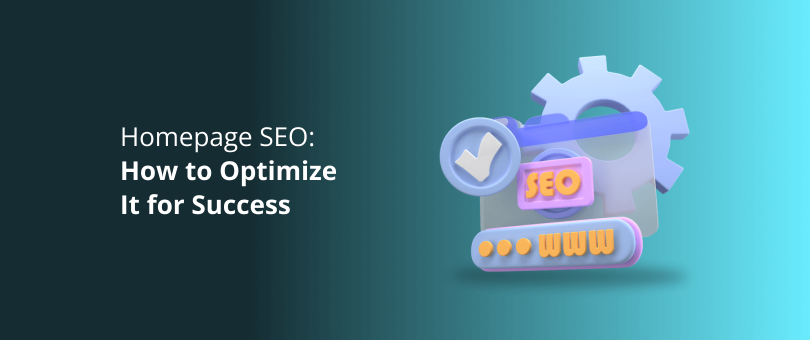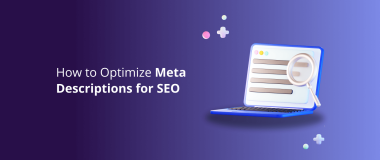Your website is the online storefront for your business, and the home page is the main display that showcases your products/services.
Undoubtedly, the home page is essential to all your online business endeavors, since, in most cases, it’s the first page visitors see.
Having said that, there are certain rules and best practices when it comes to homepage SEO, as well as, some mistakes that can cost you. Today, we are going to talk about all that, and more.
Homepage SEO Best Practices
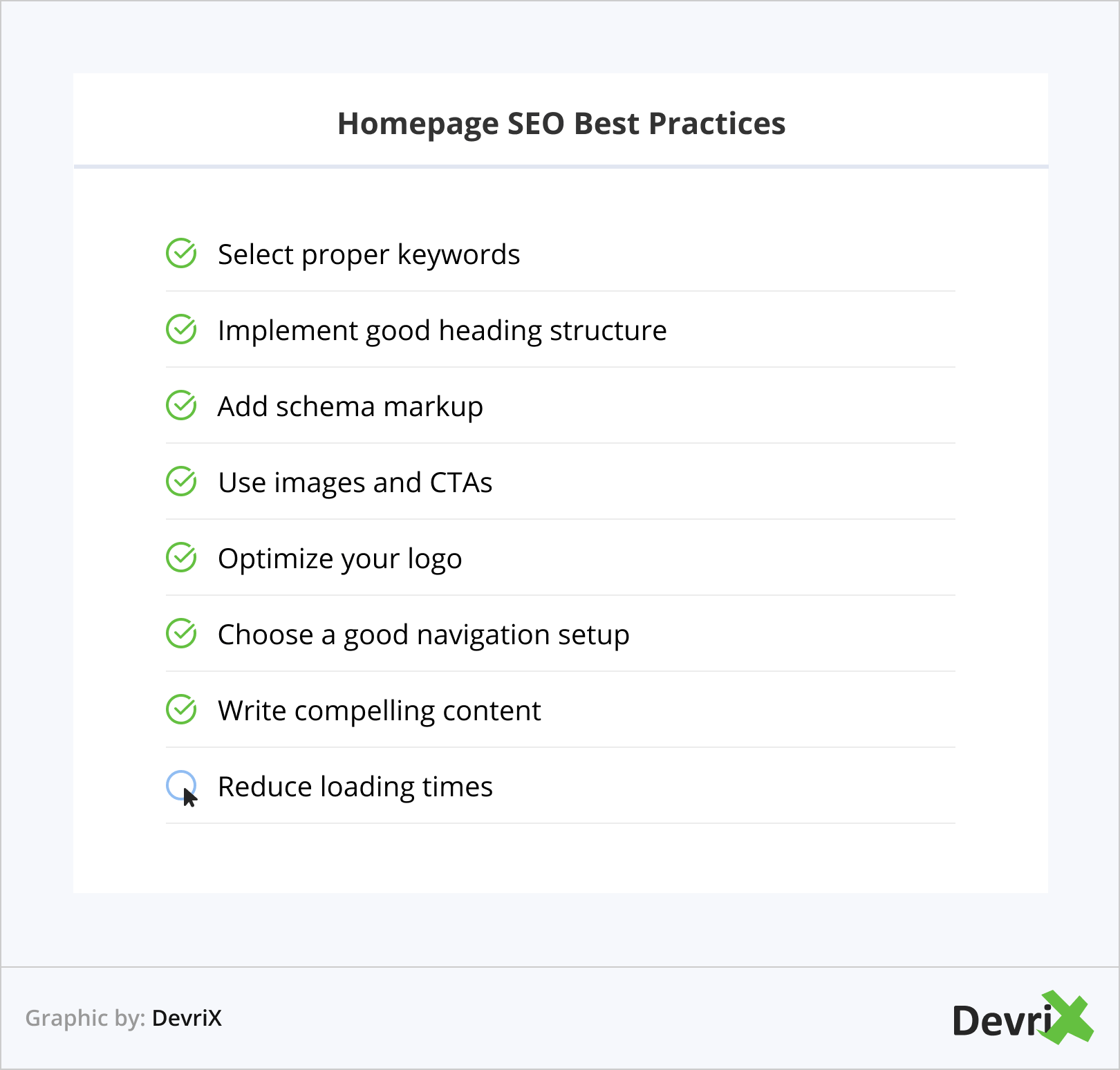
- Select proper keywords
- Implement good heading structure
- Add schema markup
- Use images and CTAs
- Optimize your logo
- Choose a good navigation setup
- Write compelling content
- Reduce loading times
1. Select Proper Keywords
Both readers and Google should be able to immediately understand what your business, and website are about by visiting your home page. The way to do this is by optimizing your target keywords, as those keywords will define what your home page is about.
You need to brainstorm and gather ideas regarding which keywords will best describe your product or services. For example, a business selling sports wears, would most likely emphasize on keywords like “sports wear”, “sports team apparel”, “athletic wear”, or even geolocation-based keywords like “sports wear us”, etc.
Of course, you should be aware of the fact that your homepage will rank for multiple keywords, depending on the amount of content, and optimization you’ve done.
2. Implement Good Heading Structure
Remember: each page of your website needs to have only one H1 tag, and the same goes for your homepage. Typically, the H1 title, is located at the top of your page, and should grab the attention of users immediately.
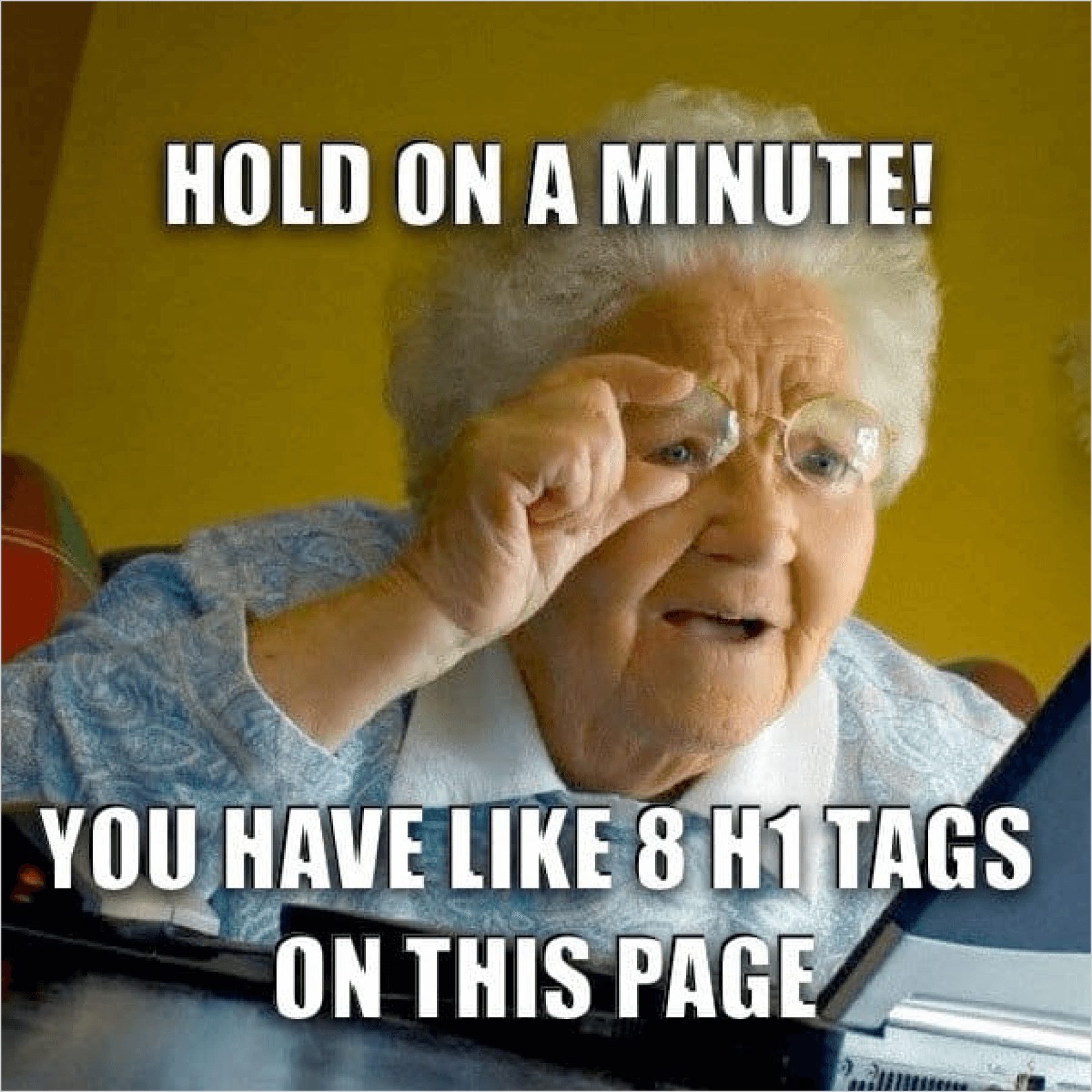
It’s a good idea to include a keyword or phrases strongly related to your business in your title. Here are some other good SEO practices, regarding your H1 tag:
- Only one H1 tag per page.
- Length must be 70 characters max.
- Avoid keyword stuffing.
- Make it unique.
- Include a primary keyword.
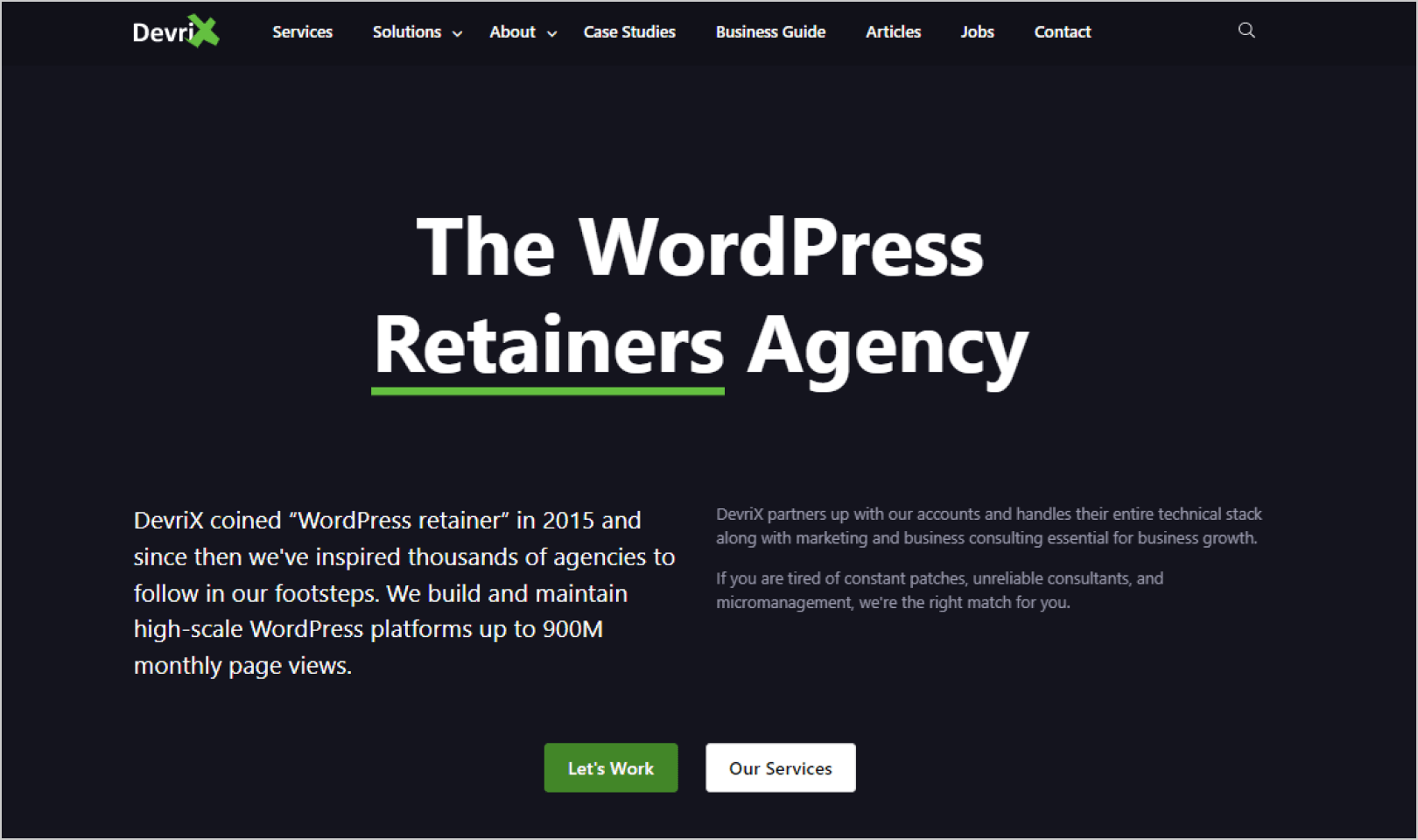
3. Add Schema Markup
Schema markup, a.k.a., structured data markup, is a way to describe the data on your page to search engine crawlers. Implementing a proper schema markup may help you to obtain rich snippets and knowledge graphs.
In terms of homepage structured data, it’s important to define the following:
- Local business. For businesses with physical stores.
- Organization. For online businesses.
- Person. For personal blogs.
In terms of homepage optimization, schema markup can really help your online visibility, and click-through rate, so it’s, indeed, very much worth investing the time and effort in setting it up.
4. Use Images and CTAs
Just like a blog post, your home page will benefit from a couple of cool images, and one or two call-to-action buttons. This makes the whole page more interesting, attention-grabbing, and simply better to look at.
Once again, there are a few best SEO practices you should consider regarding your image optimization:
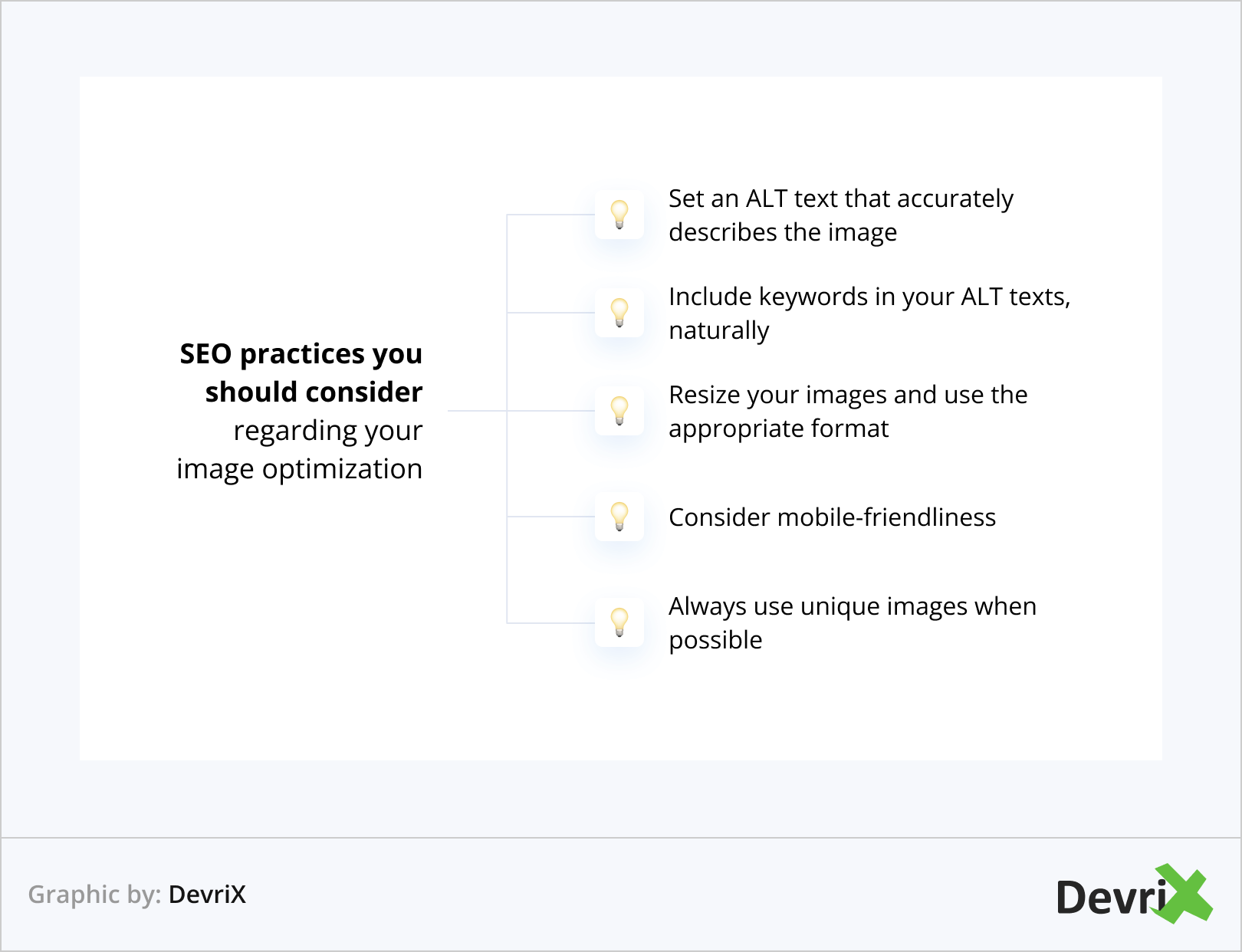
- Set an ALT text that accurately describes the image.
- Include keywords in your ALT texts, naturally.
- Resize your images and use the appropriate format.
- Consider mobile-friendliness.
- Always use unique images when possible.
5. Optimize Your Logo
Your logo is an essential part of your brand identity. It should also go without saying, that your logo has to be unique. Apart from that, there are just a few simple steps you can take to optimize your logo:
- The image name contains the name of your website. Example: Your website is toycars.com, your logo should be named: toycars-logo.png
- The ALT text includes the name of your website. Example: toycars.com logo.
- Include a link towards your homepage. Example: Whenever a user clicks on the logo, they will get to your homepage.
Furthermore, if your website is about a local business, you can additionally include your location name in the filename of the logo, and the ALT text. For example, toycars-logo-new-jersey.
6. Choose a Good Navigation Setup
Navigation is one of the most important user interface elements. Bad navigation can confuse your visitors, and make them never want to visit your website again. On the other hand, good navigation can make your website very likeable, and easy-to-use.
While there are different types of website navigation, such as the horizontal navigation bar, the hamburger navigation menu, and the dropdown menu, there are some rules on how to choose a good navigation setup that will be easy and intuitive for users.
Readers Also Enjoy: A Beginner’s Guide to Website Information Architecture – DevriX
For instance, in all cases, your website should have a good hierarchical structure. Keep it simple, and logical. A general rule of thumb is that all the pages of your website should be accessible from the homepage in 3 clicks or fewer.
7. Write Compelling Content
One of the best homepage SEO tips is to never underestimate the power of high-quality content. Your homepage is not a blog post, so you shouldn’t overdo it, however, you should also not leave it completely empty in terms of content. Naturally, balance is key.
Writing well-thought, clever, and compelling content for your homepage can be the difference between users that turn into customers and users that don’t return to your website after the initial click.
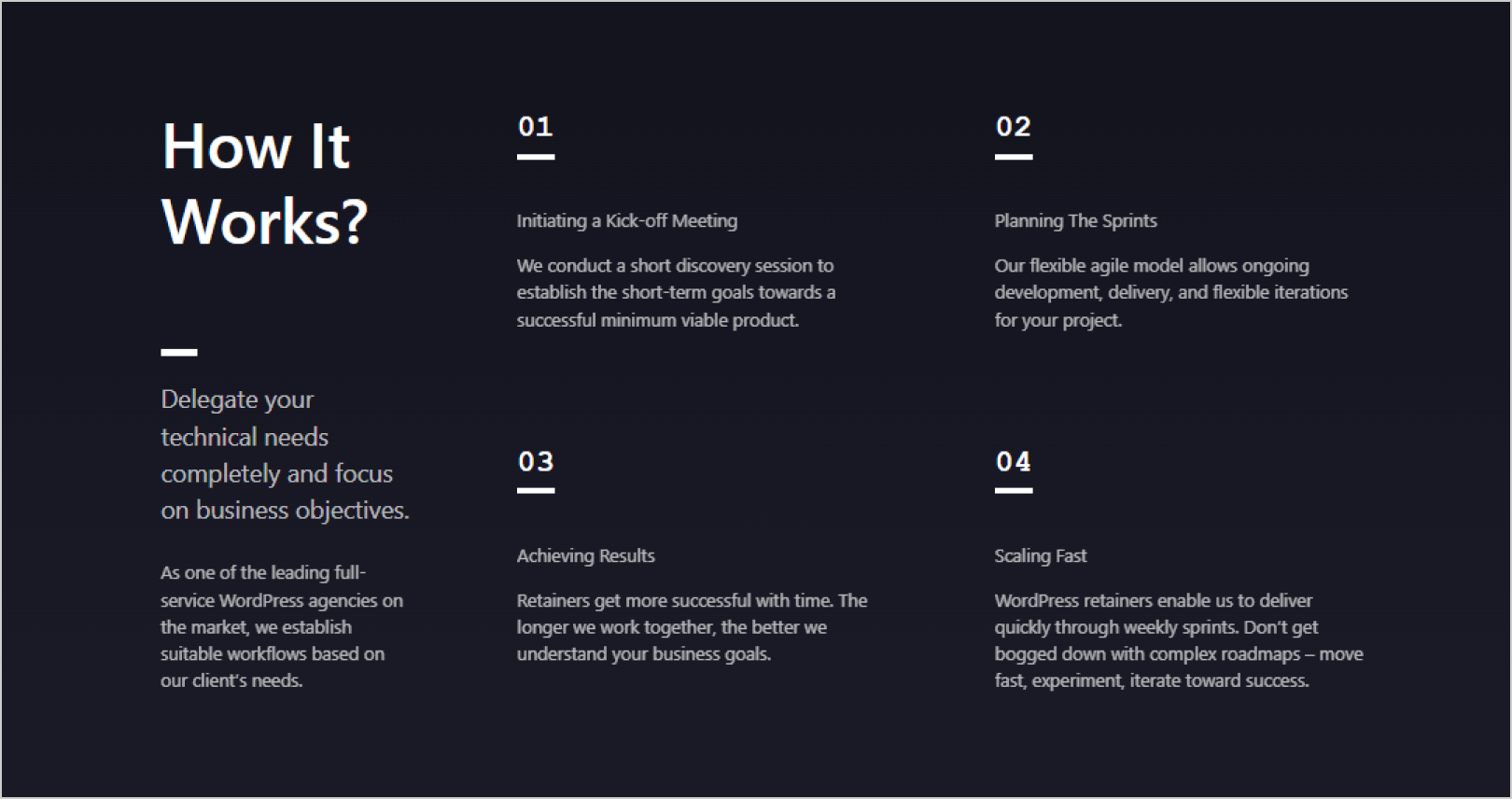
Most big, and authoritative websites usually include an “FAQ” or “How it works” section, but of course, that depends on the type of website you are running.
eCommerce sites, for example, need to reach as many customers as possible. Therefore, they typically have a selection of their products and/or promotions on their homepage, in order to capture the attention of visitors, and encourage them to click on their products.
8. Reduce Loading Times
Even if you execute every other step to perfection, it won’t matter, if your page takes between 10 and 15 seconds to load. After all, nobody wants to wait around, no matter how perfect your homepage is.
People are impatient, and there’s, unfortunately, nothing you can do about it, except to optimize the loading speed of your website. In case you are not sure how to check your loading time and what’s normal, you can use PageSpeed Insights.
Be sure to optimize both mobile and desktop versions of your website, since as of 2022, 59.4% of all internet traffic comes from mobile.
Naturally, if you don’t have the time or expertise to enhance your loading time on your own, you can always trust our team of experts.
Summary
Homepage SEO is not rocket science. Still, you need to create a good, actionable plan, and follow through on all the major steps we’ve covered in our article.
The effort you invest in optimizing your site will pay out in the long run, especially if you want to create a profitable business, and attract thousands of customers.
